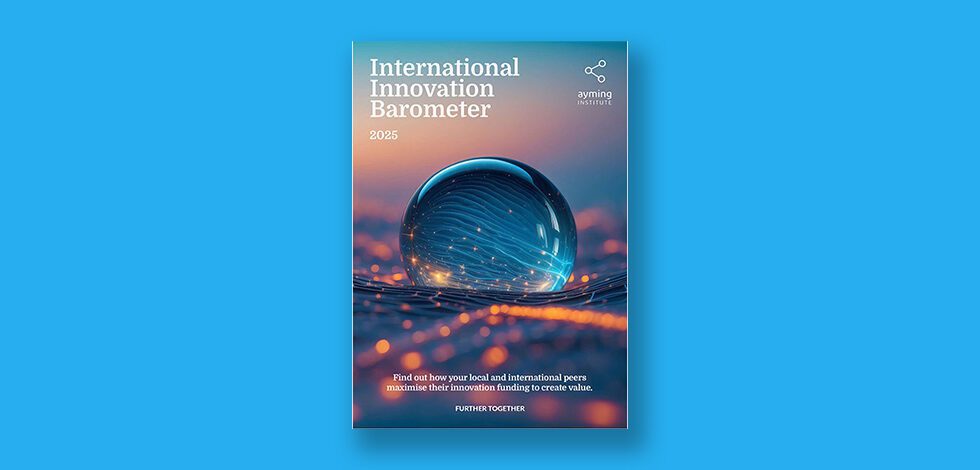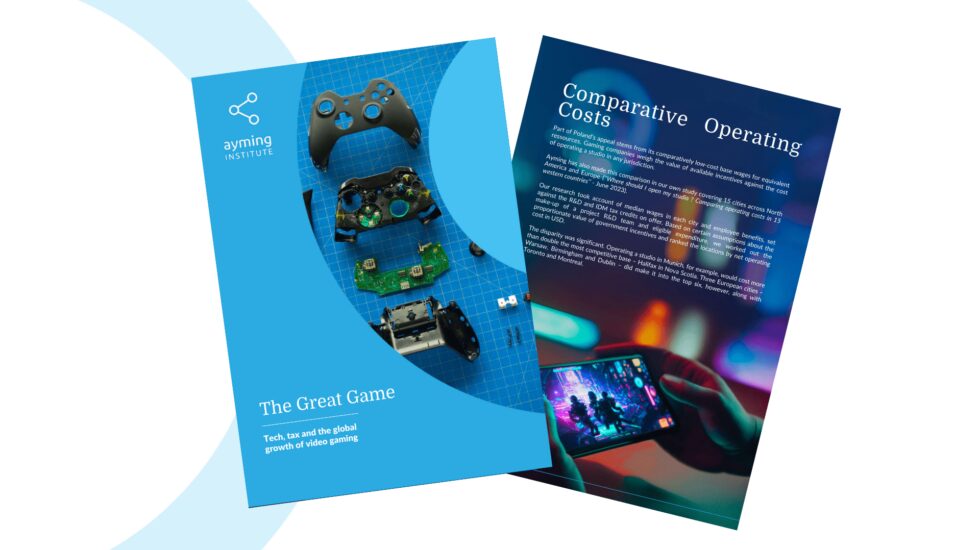What are the immediate effects on the life sciences sector?
Healthcare, pharmaceutical, and biotechnology companies are understandably at the forefront of the ongoing COVID-19 pandemic.
The immediate effects on the industry are clear from conversations we’ve had with clients over the last few weeks – Prioritisation of any COVID-19 related activity, from rapid research and development to develop vaccines, treatments and diagnostics, to investigating the epidemiology and increasing global understanding of the virus.
Novartis and a consortium of life sciences companies are collaborating to share existing knowledge of compounds that already have supporting safety data in order to fast track potential clinical trials. This consortium includes other pharmaceutical giants such as Bristol-Myers Squibb, GSK, Johnson & Johnson, and Pfizer.
Vaccines take years to develop and fast-tracking this process doesn’t always allow for careful evaluation of the safety and efficacy of the results. Huge amounts of effort are pushing companies to be innovative and manage processes in tandem, i.e. phase 3 clinical trials alongside model work.
How could this change in the near future?
Issues can arise for companies working collaboratively with the inability for cross-site work, and much of this collaboration will be with universities which are closed unless linked to specific laboratories. Solutions for remote working, testing, and new ways of working, will be developed over the coming weeks with innovation at the core.
For larger businesses, the next few months will see increased collaboration and co-working with a focus on potential therapeutics or diagnostics. We’ll also see innovative new products and services generated by the changing demands of the situation, such as the newly developed ventilators by Dyson, and the collaboration between Mercedes F1 and UCL.
Where possible, businesses in the sector are operating as usual, but as time goes on smaller companies, specifically those operating in areas unrelated to COVID-19, will suffer.
Some wearable technology businesses will struggle to properly test products with a nation-wide lockdown in effect and gatherings of more than 3 people banned. Though it is hard to trial outside due to lockdown, there are developments currently underway to see if wearable technology can track COVID-19 and seasonal flu as an early warning system. Businesses that are able to align with the current pandemic will fare better in the short-term.
Cashflow is an issue at this time which is why we has seen an increase in smaller clients wishing to expedite their R&D tax relief claims. Processed by HMRC in a few weeks, it’s possible for these clients to get an injection of cash for any R&D they have engaged in over the last two financial years.
Innovations in the industry
New methods of data sharing allow for early discussion of vaccine
A rise in new methods of data sharing has enabled scientists to discuss vaccine trials much earlier than we would typically expect to see.
In their normal working environments, most academic scientists pursue perfection in their work, and with good reason – Good science takes time. This pursuit of perfection is often done to appease peer-reviewers, a select two or three scientists from a specific field who review data and determine whether it meets required standards of innovation and uniqueness for its intended journal.
However, when faced with a global health emergency, there is an urgent need for data to be shared with colleagues around the world without restrictions put in place by the typical gate-keepers – the publishers.
This is where pre-print archives (Such as BioRχiv for the field of biology) take the stage, enabling scientists to upload data prior to peer-review, and allowing the community to determine what is ‘good science’ in real-time.
Duplication of effort is massively reduced as scientists can see what experiments have already been done by colleagues around the world.
The genome of COVID-19 is roughly 30,000 nucleotides long. Researchers using the power of next-generation sequencing methods are now using these methods to track the outbreak in real time, rapid sharing of information can guide pharmaceutical choices in applying for clinical trials or designing their own vaccines in the future.
Machine learning in the age of COVID-19
Pharmaceutical companies are desperately trying to identify compounds that inhibit the coronavirus. Research labs have shown that a previously licensed cancer drug in Japan, camostat mesylate, can inhibit SARS-CoV-2 (the virus which causes COVID-19) as well as other coronaviruses entry in lab models. There is also anecdotal clinical data that hydroxychloroquine, the anti-malaria drug could also reduce clinical severity.
Perhaps the most surprising advance has come in the form of IBM’s SUMMIT supercomputer, whose capability of 200 petaFLOPS make it the fastest supercomputer in the world.
Typically, SUMMIT is used to simulate the degradation of the USA’s ageing nuclear arsenal. However, when SUMMIT was supplied with models of the coronavirus envelope structure, the human ACE2 receptor and a library of 51,575 potential drug compounds, the supercomputer was able to provide a list of 47 potential drugs that may inhibit this interaction, 21 of which have regulatory approval.
These advances in data processing, modelling, and drug interactions could help pharmaceutical companies invest in technologies to design and repurpose many approved drugs to prevent unwanted protein-protein interactions within other diseases, including infections, cancers, and autoimmune conditions.
More recently, the scientific game platform Foldit appealed to its users to build a network to model coronavirus structures, which proved to be more powerful then IBM’s SUMMIT performance. This suggests that some Biotechnology companies could harness existing computer power for their own research in the future, leading to the potential opening of a platform for scientific research on a level similar to Bitcoin on the financial market.
Last updated: 2nd April 2020, 15:20












No Comments